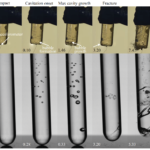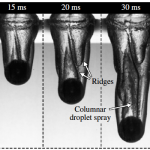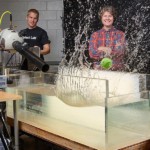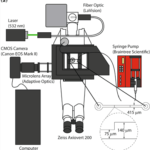Abstract:
A Remotely Operated Vehicle Scaffolded Activity is Increasing Student and Teacher Interest in STEM – a Reporting on a Three-‐year Study Funded by the Office of Naval Research For the past three years a university in the western United States has worked to build a scaffolded activity, using curriculum from STEM content areas within an ROV building activity. The activity requires students to learn various basic STEM principles including buoyancy, pressure, density, hydrodynamics, electronics, and the engineering design process, while designing, building, testing, and competing with a personally-‐built ROV. Our data over the past three years shows that student (n = 437) interest in math, science, engineering, and technology has increased along with their proficiency in problem solving methods. We believe this is a reflection of embedding STEM principles in an exciting, hands-‐on activity. Data regarding teacher self-‐efficacy in teaching these principles within the framework of this activity also shows that, although teachers were initially apprehensive about having to integrate STEM principles into the ROV activity, their perceptive abilities and to do so increased. This paper outlines the three-‐year study, detailing the ROV activity, associated curriculum taught, measurement tools used to aggregate the student and teacher data points, and associated results.






Recent Comments